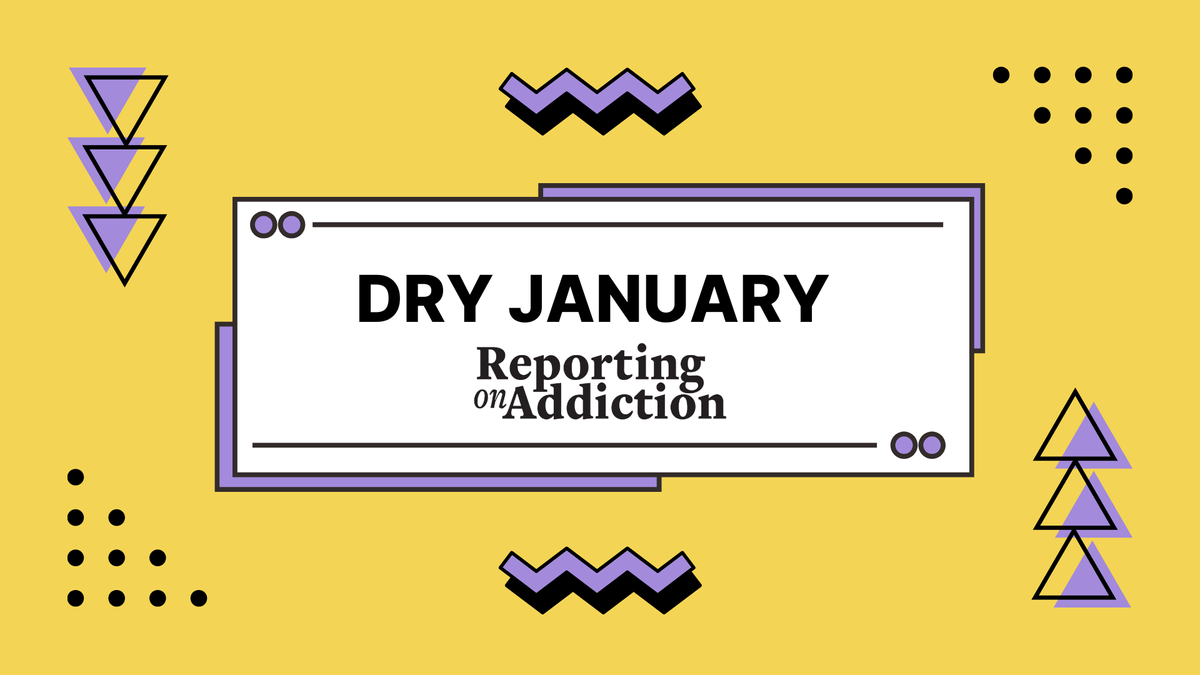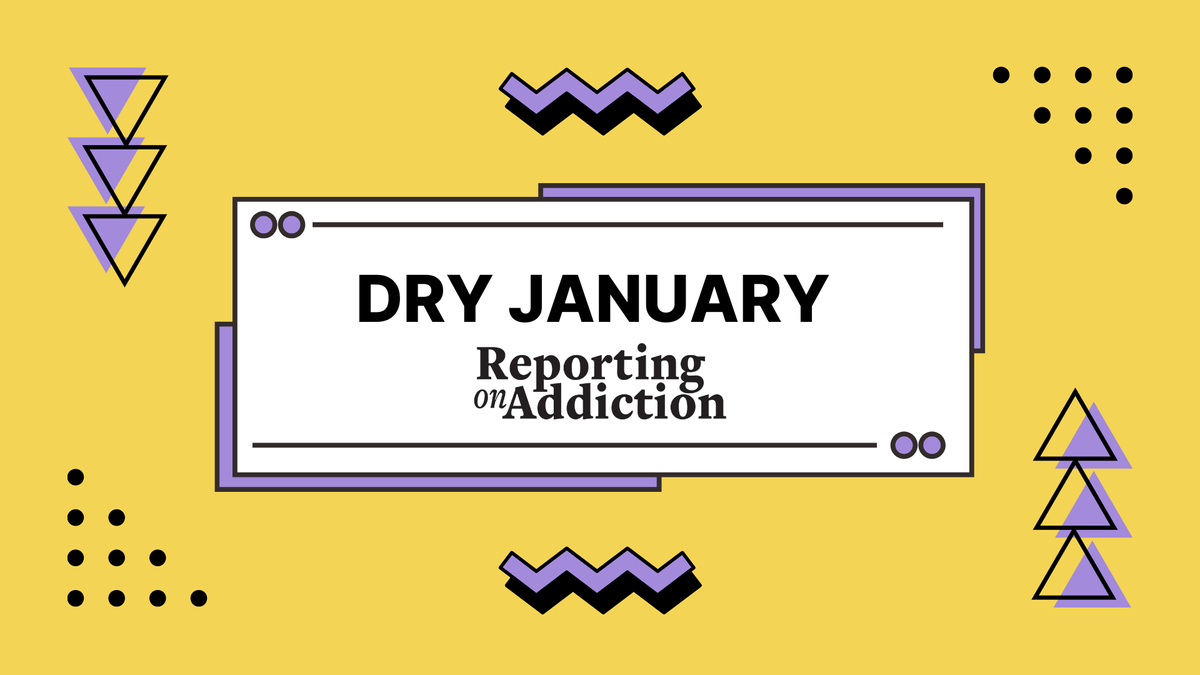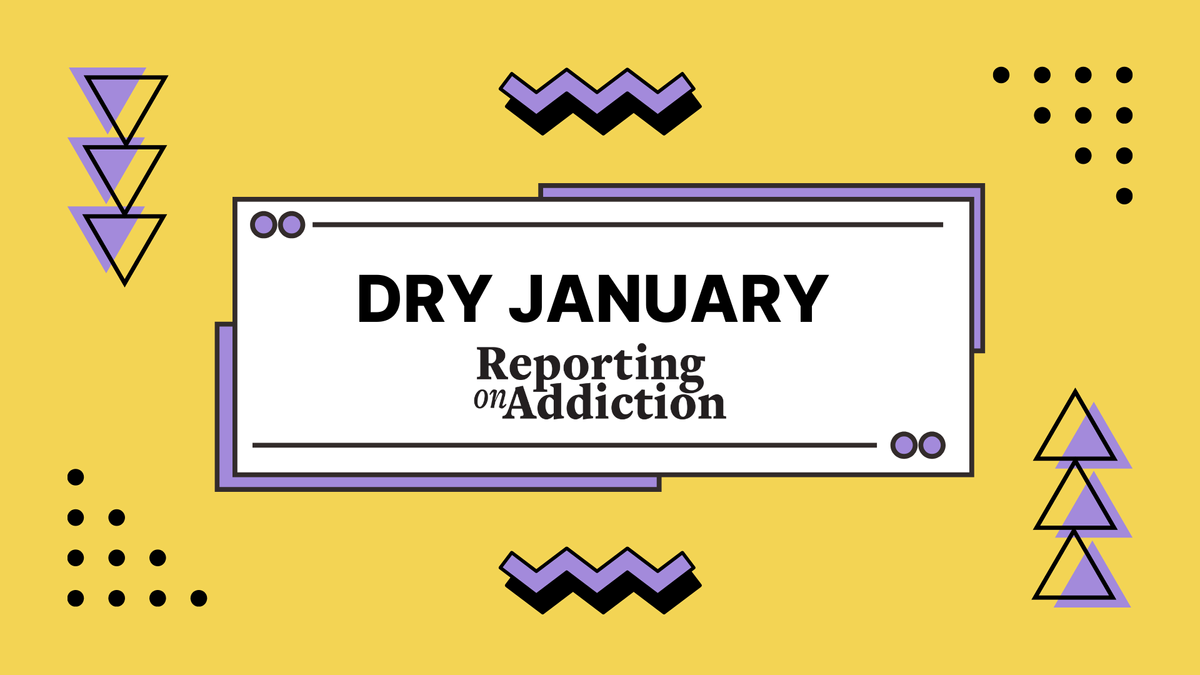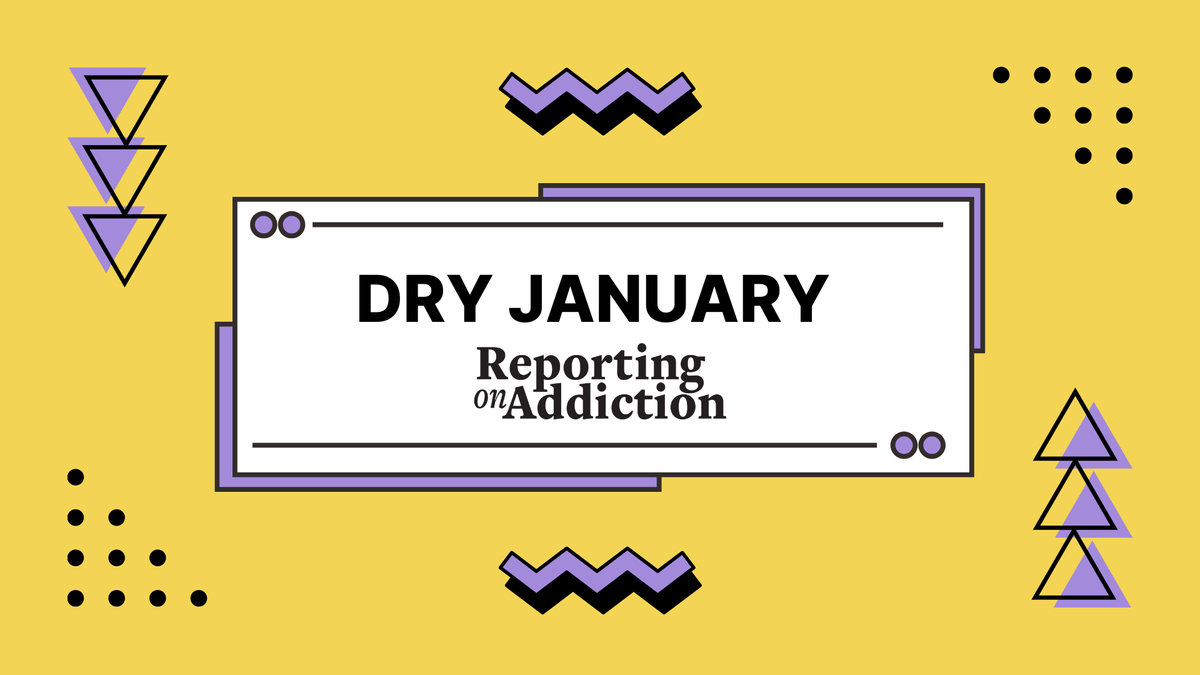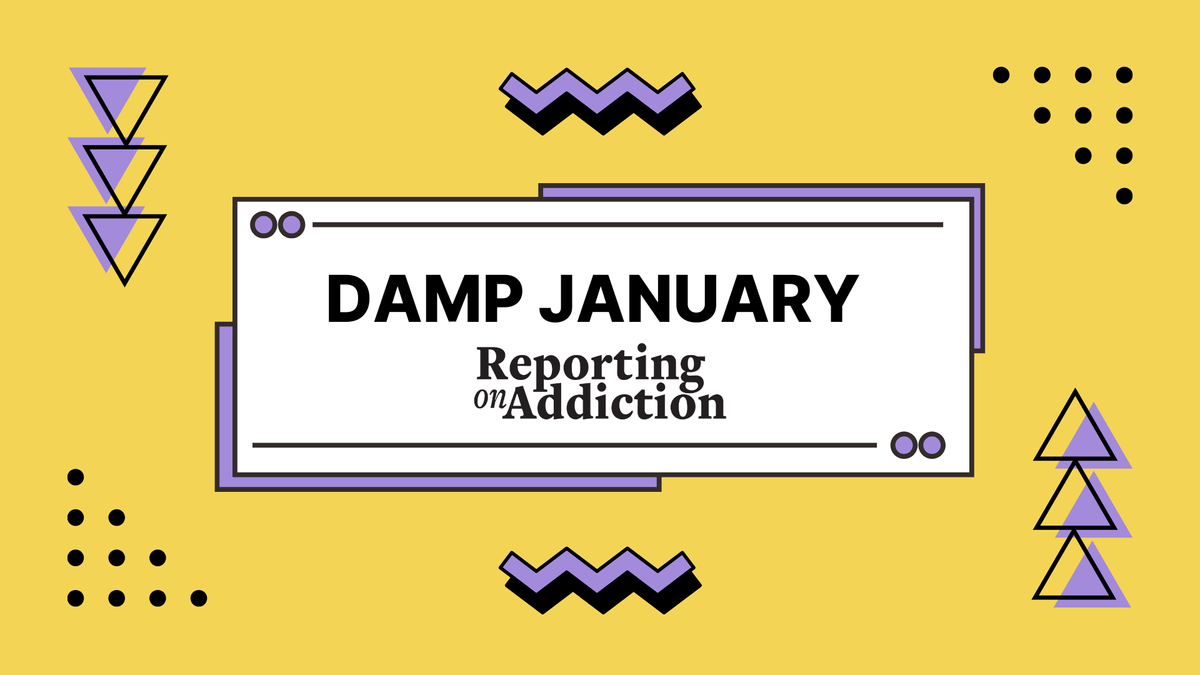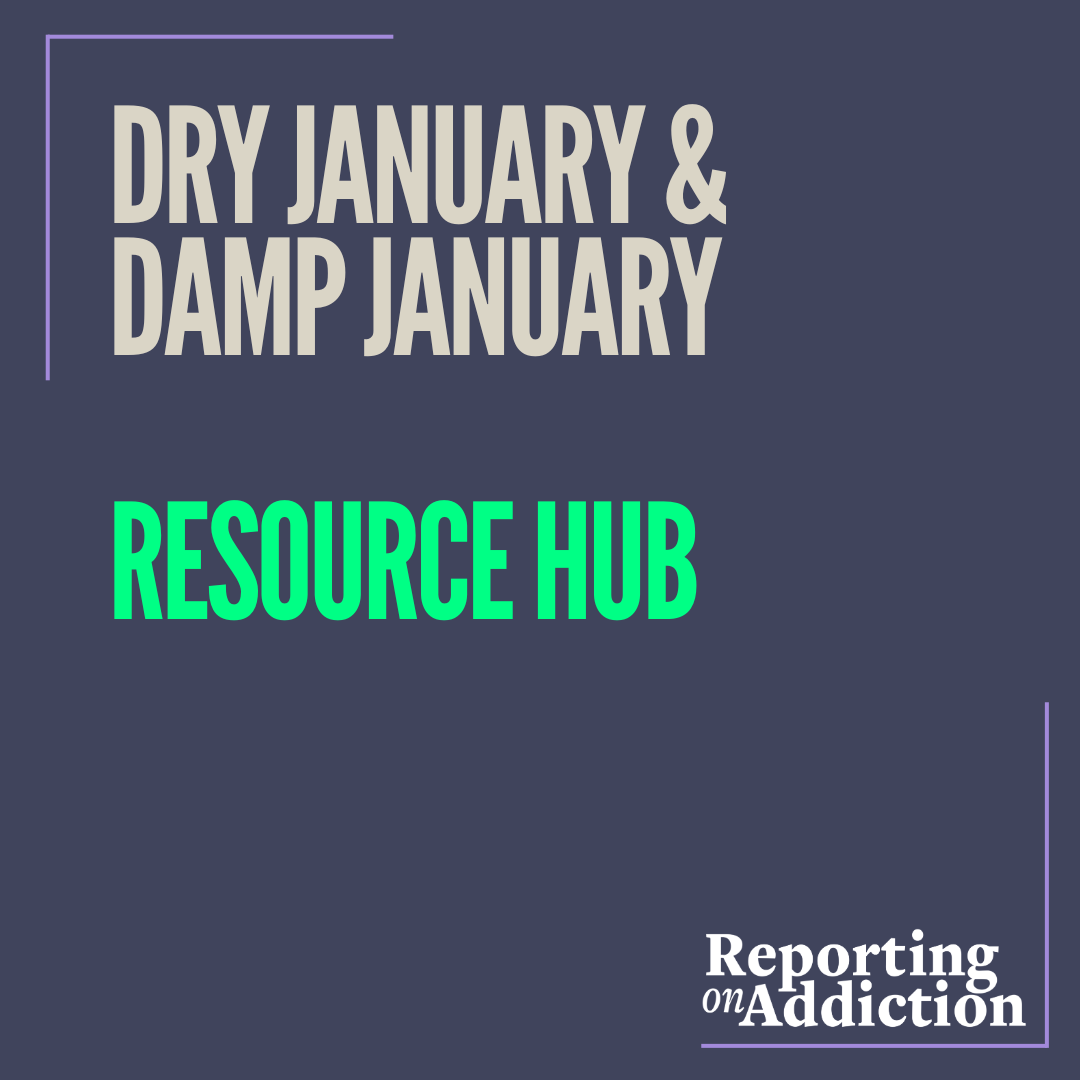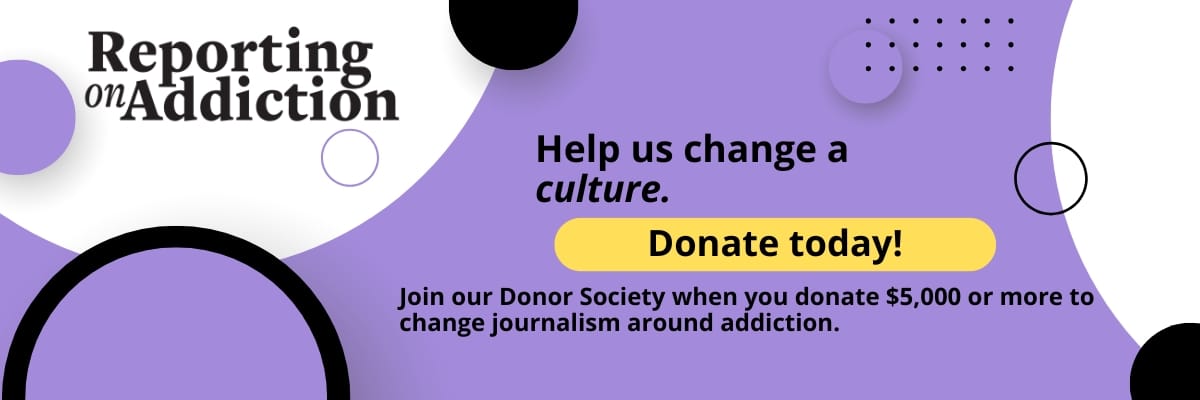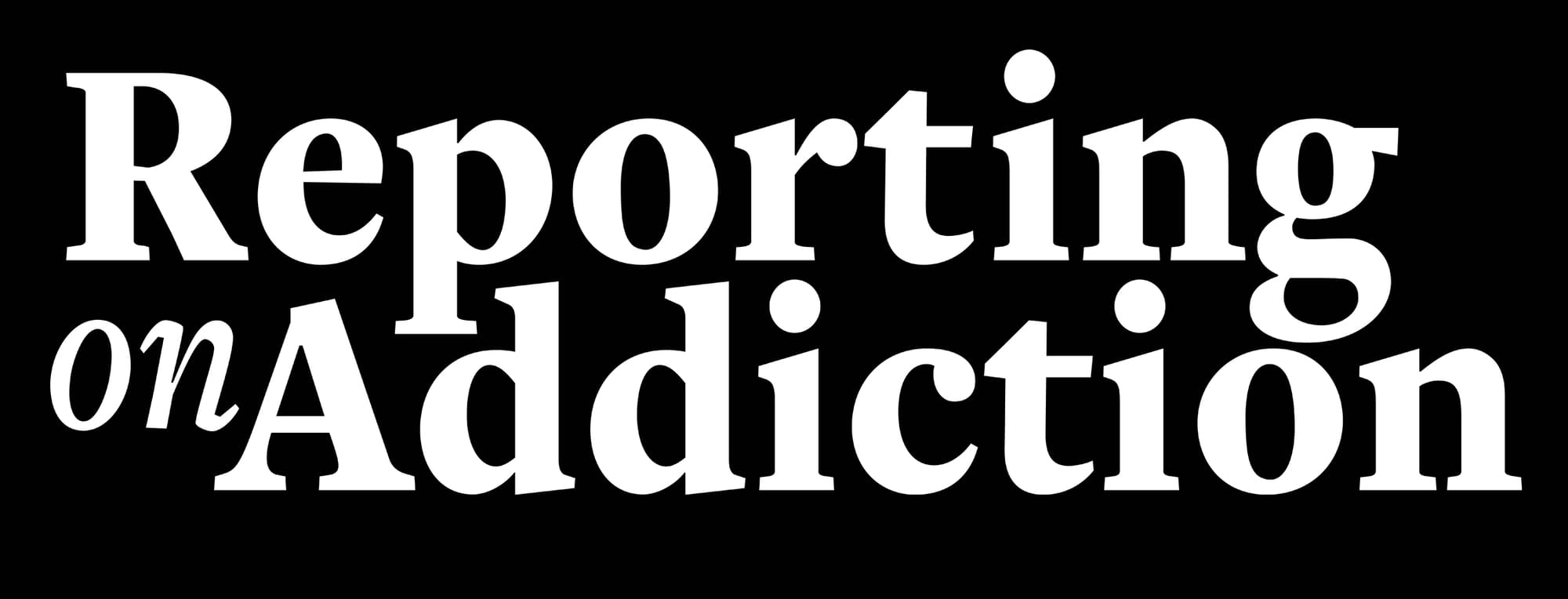Dry January & Damp January - Reporting Tips
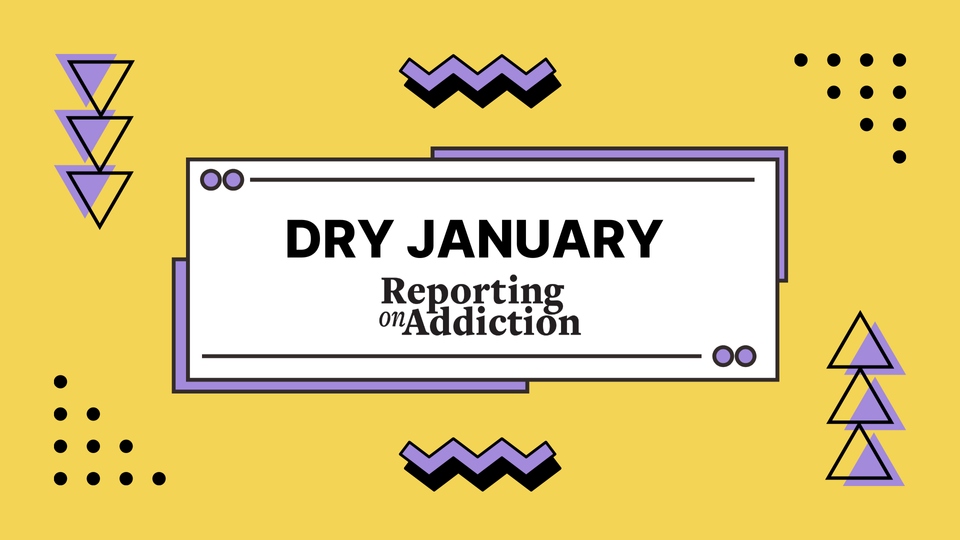
This is part of our series of articles about Dry January & Damp January
Dry January is an opportunity to inform your audience about alcohol in a way that increases awareness of risky drinking, alcohol use disorder, behavior change, and addiction treatment. Although there is voluminous Dry January coverage (and increasingly Damp January coverage), most of it misses the mark.
We’re here to help.
Key points to improve coverage about Dry January & Damp January
Talk to experts.
Health professionals play an important role in helping people reduce or stop drinking. Include experts-through-experience and experts-through-training in your research and story: https://www.reportingonaddiction.org/expert-database
We will help you find sources!
There are health risks associated with alcohol. There are also health risks that can occur when people suddenly stop drinking if they have an alcohol use disorder (whether diagnosed or not).
Therefore, as journalists you have an ethical responsibility to provide your audience with health information about these risks.
Make sure your articles include this information:
- No amount of alcohol is safe for your health.
- Alcohol has short- and long-term negative impacts on individuals and communities.
- If you're having difficulty cutting back, it could be a sign to talk to a health professional.
- Include something about the risks that can accompany stopping drinking:
- For some people stopping drinking can be deadly or dangerous. Talk to a health professional before participating in Dry January.
OR
- Reducing or stopping drinking is not without risk. For some people, abruptly stopping alcohol use can lead to severe withdrawal, which is considered a medical emergency. Risk factors for withdrawal include previous withdrawal, heavy alcohol use, and alcohol use disorder. Symptoms include tremors (like shaking hands), sweating, seeing things that are not real, depression, anxiety, or difficulty sleeping after stopping drinking. If someone experiences this, they should talk with a health professional immediately. It is important to get help from a health professional to reduce drinking safely.
Changing drinking behavior can be difficult for many reasons. Acknowledging this can help normalize help-seeking.
Coverage of either Dry January or Damp January should address the challenges people may encounter when they stop or reduce drinking. These can be social (peer pressure or navigating social settings in new ways), psychological (re-emergence of underlying anxiety or depression), or physical (difficulty sleeping). These concerns can be short term and can benefit from working with a health professional. Acknowledging these aspects of behavior change can help engage your audience who may struggle with changing drinking behaviors.
Include evidence-based tips below to help people reduce drinking.
- Keep track of how much you drink (including measuring alcohol use using standard drink guidelines from here and here).
- Set goals on how many days a week you want to drink and how many drinks you'll have on those days. Consider having some days where you don’t drink.
- Find alternative activities, friendships, hobbies.
- Avoid triggers that increase your urge to drink.
- Plan to handle urges by reminding yourself of your reasons for changing, talking with someone you trust, seek distraction, or accept the urge and ride it out without giving in.
- Know how you’ll say "no."
Help your audience define Damp January
- Help guide your audience through what steps they can take to set and meet goals related to reducing alcohol use.
- Include drinking guidelines from relevant health agencies to help your audience understand what “less” can look like and what recommendations are around alcohol use.
Check your bias.
- Are you treating alcohol use as the “norm”? There are many reasons not to drink and they should be free from scrutiny.
- How is your experience with alcohol (personally or in your community) shaping how you write this story? Consider: there are many paths to recovery, including FDA-approved medications; alcohol is not required for socializing; avoid dichotomies (all-or-nothing framing) that miss the complexity of harm reduction, treatment, and recovery.
- Does your story contain a moral component? Substance use is a health issue, not a moral one.
- Does your story overlook the need for system-wide changes (e.g., alcohol driven culture, alcohol labeling, taxes, addiction stigma, and limited access to screening, brief interventions, and referrals to treatment) and solely place changing alcohol harms on individual action? Broader interventions have a large impact on the negative effects of alcohol use. Not including these solutions reduces a complex public health issue to a "simple" individual one that does not advance overall health and wellbeing.
Include this story tag in any story about alcohol:
If you or someone you know is having a problem cutting back or stopping drinking, this might indicate a need for more support. Help is available. Please call the free and confidential treatment referral hotline (1-800-662-HELP), visit alcoholtreatment.niaaa.nih.gov, or talk with a health professional today.
What’s missing from most coverage?
Why difficulty cutting back is more than a Dry January “hiccup” and the potential downside of Damp January
Although not everyone who participates in Dry January is engaging in risky drinking, having a hard time cutting back could be an indicator of problematic drinking and even an AUD.
In some ways, Damp January coverage is a reaction to how difficult it is to cut back. But Damp January as a concept can gloss over the important signal: difficulty cutting back could indicate that you might benefit from working with a health professional.
If you or someone you know is having a problem cutting back or stopping drinking, this might indicate a need for more support.
Help is available. Please call the free and confidential treatment referral hotline (1-800-662-HELP), visit https://alcoholtreatment.niaaa.nih.gov/, or talk with a health professional today.
There are many reasons people experience difficulty reducing alcohol use. These challenges might be social. They can also be physical and psychological, often a result of alcohol withdrawal. There are medications and behavioral interventions that can help with this, but most people do not know that they are available, and many experience barriers to access.
Mega celebrity Tom Holland describes the Dry January challenge as his springboard to stop using alcohol entirely after experiencing difficulties cutting back.
Reducing or stopping drinking is not without risk. People who have an alcohol use disorder can die if they suddenly, completely stop drinking. If someone experiences tremors (like shaking hands), sweating, seeing things that are not real, depression, anxiety, or difficulty sleeping after stopping drinking, then they should talk with a health professional immediately. It is important to get help to reduce drinking safely.
This is part of our series of articles about Dry January & Damp January
